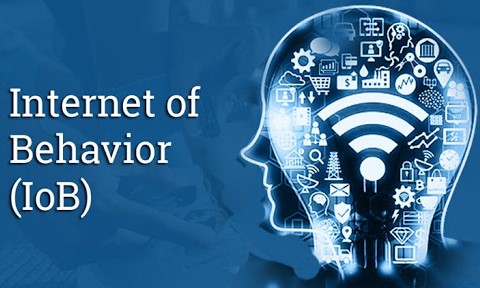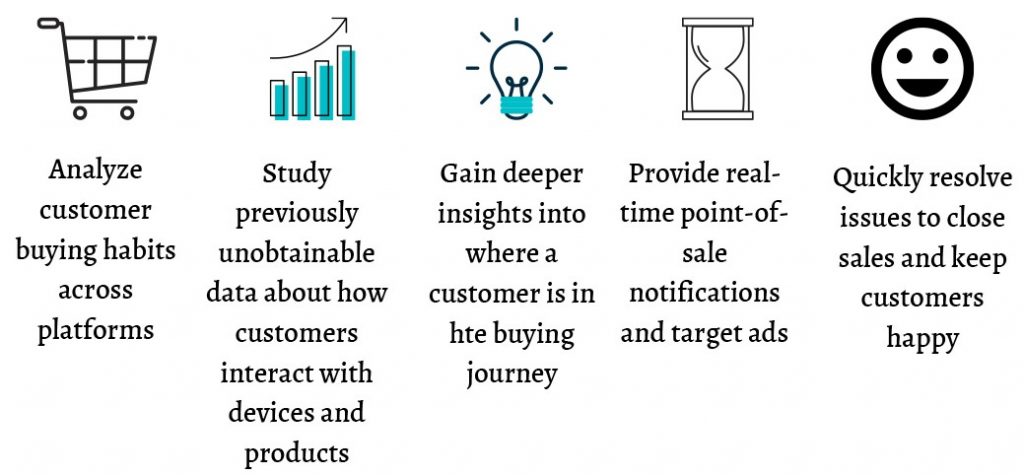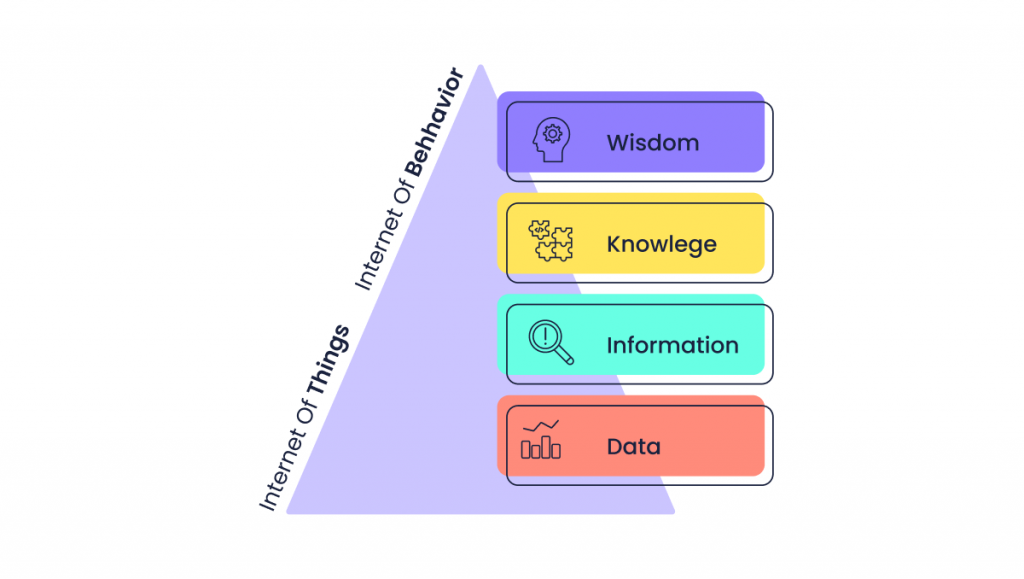INTERNET OF BEHAVIOR (IoB)
Technologies got a big boom and attracted a massive crowd irrespective of any age to it even from remote areas after the pandemic hit the world. Many people who cursed the technology folks for being engrossed in technology turned out to be experts in handling the best of electronic gadgets for their education, work, personal uses, and easy lifestyle. A majority of us are preoccupied with technology for our work purposes and many essential needs. Everything is available at our fingertips.
Have we ever noticed the fact that the internet holds our best life stories than any of our peers or family? From the smallest confusions pondering in our mind to significant decisions are being exposed to a search engine. It’s become easy to analyze human behavior from all the data they have given to the network. This is simply the Internet of Behaviors. It extends from the Internet of Things (IoT).
What is IoB?
“The Internet of Behaviors collects the digital dust of people’s lives from a variety of sources and private organizations can use this information to influence behavior.”

IoB is one of Gartner’s nine strategic technology trends that will enable the flexibility that irrepressible businesses require in the significant disruption driven by COVID-19 and the world’s current economic state. It unites existing technologies that kingpin on the individual directly, i.e face recognition, location tracking, and big data, for example, connecting the resulting data to associated behavioral events such as cash purchases.
The companies can target their services to the customers at the right time to impact the consumers’ decision-making. The information about the customer who engages with a company’s services uses the information and data from this exchange to react to the way the customer engages with their services. They perceive and strive to change our behavior to achieve a certain desired goal – Selling Services.
IoB uses the human psychology perspective and amalgamation of three fields: technology, data analytics, and Behavioral Science. Behavioral science can be broken down into four areas; emotions, decisions, augmentation, and companionship. It can be also thought of as the use of data mining to make sense of human emotions.
Gartner Research predicts that by the 2025 year-end, more than half of the world’s population will be subject to at least one commercial or governmental IoB program. Though the IoB is technically possible, there will be extensive moral and societal disputes about the different approaches employed to affect its behavior.
IoT & IoB
IoT devices collect data that provides valuable information about users’ behavior, interests, and preferences. Thus, the concept of IoB was born. The data and information from IoT lead to Knowledge & Wisdom.
Benefits of IoB
- Market products effectively to customers.
- Improve Customer Experience.
- Access to consumer lifestyle information.
- Improving SEO.
- Improve Public Safety.

Improving SEO
- With the introduction of IoB, an improved version of SEO, Search Experience Optimization (SXO) was developed.
- Systems understand the intent rather than typing on it.
Public Health & Safety
- The Manufacturing Industries are already using sensors and RFID tags to determine if on-site employees are washing their hands regularly. Further, computer vision can determine if employees fall in line with mask protocol or social distancing directives. And in the health industry, providers can measure the activation and engagement efforts made by patients.
- The monitoring of public safety across industries is creating exciting new opportunities. For instance, vehicle telematics is deployed to track driver behavior and flagging behaviors that are erratic or dangerous.
Risk Element
“Our Privacy is under threat.”
However, there’s a dark side to IoT and the integration of Behavior data. Experts believe that this can allow cybercriminals to access sensitive data that reveals consumer behavior patterns. The potential of Cyber Criminals is endless. They can collect and sell these data to other criminals through hacked property access codes, delivery routes, even bank access codes, etc. Also, there exists another likelihood of ‘Phishing’ to a new level by being able to better impersonate individuals for the sake of fraud or other atrocious activities. The rapid expansion of the network of IoT devices concludes that new cybersecurity protocols are in development and that businesses need to be ever more vigilant and proactive.


